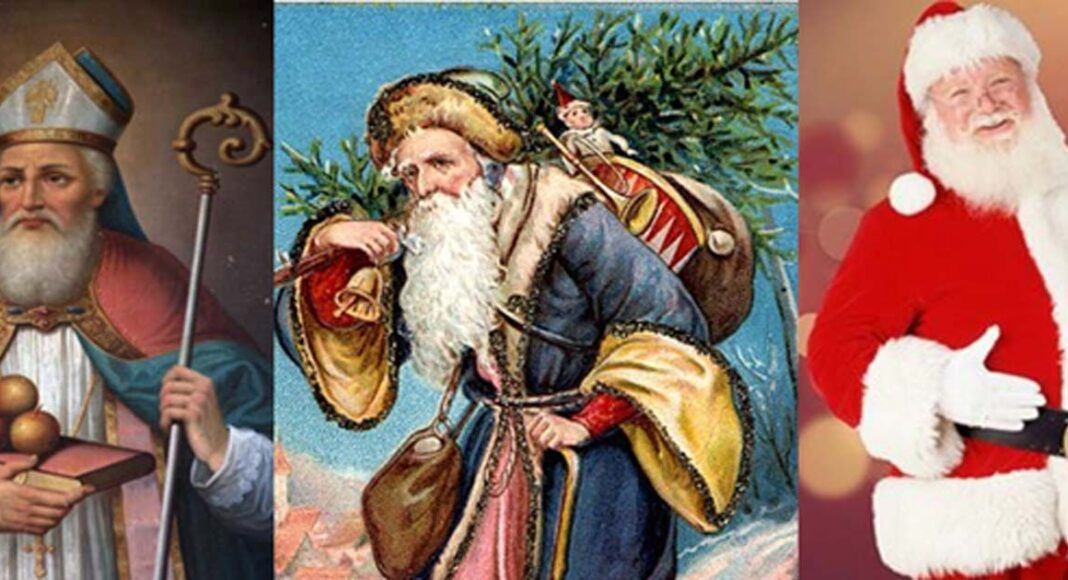Santa Claus, well-known for his rosy cheeks, long white beard and sack of presents, has arguably become one of the most commercialized characters in history. The spirited figurehead of Christmas should represent the selflessness of the holiday season more than he doesn’t.
Developed, or so we know, in the 3rd Century, “Saint Nick” was the true embodiment of the jolly ole’ soul we know and love. As the patron saint of children, Saint Nick was beloved through centuries for his dedication to helping the poor and sick, according to history.com.
The longer and further the stories of Saint Nick spread, the bigger the Christmas holiday grew. The celebrations and traditions vary throughout cultures and religions— however, the meaning of the holiday remains the same— or does it?
Saint Nick, Santa Claus, Kris Kringle – however you may refer to him – became popularized in parts of the U.S. after a New York newspaper published a story on a Dutch holiday, the anniversary of Saint Nick’s death in 1774.
Hence, the commercialization of Santa Claus began.
Though the image of Saint Nick was never truly captured, illustrations and variations of what he was believed to look like were found in engravings, drawings and paintings, all representing a happy and gift-filled setting. Stores began using the character to advertise shopping in the early 19th century.
“Stores began to advertise Christmas shopping in 1820, and by the 1840s, newspapers were creating separate sections for holiday advertisements, which often featured images of the newly-popular Santa Claus.”
“Live” Santa first appeared in the late 1800s, soliciting donations for the Salvation Army, which is now a New York Christmas classic. From there, children were crazed with the allure of seeing Santa “in-action” in toy stores and malls around America. This set the scene for Santa as a jolly old man in a red suit and a long white beard, and became mainstream in the 1900s.
Being used as a selling point for stores is nothing new, but the ease of forgetting where Santa came from consumes all too many shoppers. Movies and shows depicted Santa as the “Head Elf” of the North Pole, where he leads a team of elves who build toys and grant wishes to behaved kids.
At American malls, Santa has become a catalyst for crazed shoppers losing their minds over the best sales. Shopping is now a sport and is belittling the spirit of Christmas with every Black Friday and Holiday Sale.
Now, that’s not to say the industry is ruining Christmas. Whether you agree that the commercialization of Santa Claus is damaging to the holiday or not, the reality is that the spirit of Christmas is completely within our own control.
We can feed into the industrialization of Santa, allow our young generations to believe, or worse, expect wild and outrageous modern gifts that elves “make.” Or, we can keep the magic alive by subduing Santa’s magical abilities, thereby allowing our children to understand that the true spirit of Christmas is humbler than an iPhone 14.
Give Santa Claus his humility back.
Then exhibit yours.





